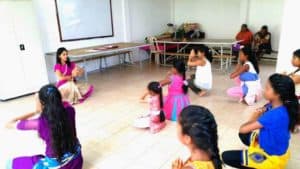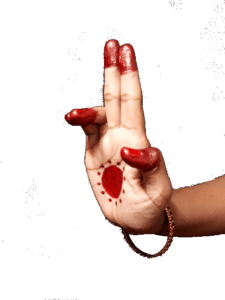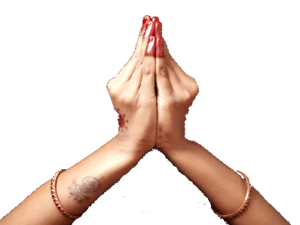Originally written in February 2019

School is the temple of knowledge, and to gain knowledge, a sound mind and body is required – Classical Dance could be the key.
Dance is an inner experience of the human soul expressed through music and movements. The nritta (physical movements) part of Indian Classical dance includes harmonious movements of the head, eyes, neck, hands, feet, and the whole body. It is a form of physical exercise, whereby all limbs are trained and worked out through basic body movements like:
Asamyuta hastas: single hand gestures
Samyuta hastas: double hand gestures
Paada bhedas: standing and resting postures according to the placing of the feet.
Shiro bhedas : head movements
Dhrishti bhedas: eye movements
Greeva bhedhas: neck movements
Learning classical dance helps to boost concentration. This is achieved through harmony of various actions. As per Balasarawati, a great Bharata Natyam dancer, “The feet keeping the time, the hands expressing gestures, the eyes following the hand with expression, the ear listening to the dance teacher’s music and the dancer’s own singing, the mind achieves concentration and attains clarity thus enriching the performance.”

Dance is a form of discipline and yoga. When practiced it is sadhna (discipline) and when performed it is yoga. Learning Indian classical dance instills in oneself pure dedication. Dance is also a form of meditation. During the learning process, each limb of the body is trained for the perfect movement. But when performing, the dancer forgets the body, and gets lost in the dance with a perfect flow of movements and sentiments. In all, this gives one mental stability and inner peace which is of utmost importance in today’s highly competitive academic world. Along with keeping the body shaped and the face toned, it imbibes in one positive thought which is all very healthy for the growth of a teenager.
Dancing evokes happiness. The artist experiences “rasananda” – bliss. Through rhythmic movements to expression, the dancer experiences an essence of beauty and harmony in Indian aesthetic. It is a double fold feeling, whereby the dancer experiences it in his creation and others as audience and spectators.

Another advantage of learning Indian classical dance is the concurrent learning of new languages like Sanskrit and Tamil from the composition of the song by singing (Carnatic and Hindustani music). Whichever the culture of the person, the learning of a new language will always be beneficial and it may add fun to the learning process.
Another point is that, Indian classical dancers are devotees of beauty. When learning the dance, they gain grace and they become interested in all the fine arts. Even their gait and the way they hold their body becomes laced with refinement and feminity. It helps in the grooming of young girls into elegant ladies.
The nritya (facial expression) part of Indian classical dance brings one closer to the 9 main emotions present in every human being which is love, fear, sorrow, anger, laughter, surprise, heroism, disgust and peace. This is known as navarasa (9 emotions). It develops the facial expression of the dancer. As such, one gets a notion of acting skills, which is another art form.

Indian classical dance is a form of philosophy. Its themes derived from mythological stories contain wisdom that is still relevant today and instills good values in the student. The student’s knowledge will expand on knowing the stories of the Ramayana or Mahabharata. It will be a sharing of knowledge, as well as learning values passed on as a message for the betterment of oneself. Thus, together with learning dance, the student benefits with moral values.
In all, a student who learns dance is well rounded for the arts, for the aesthetic and makes one well alert to study and concentrate for their exams. ∎ Tej.


0 Comments